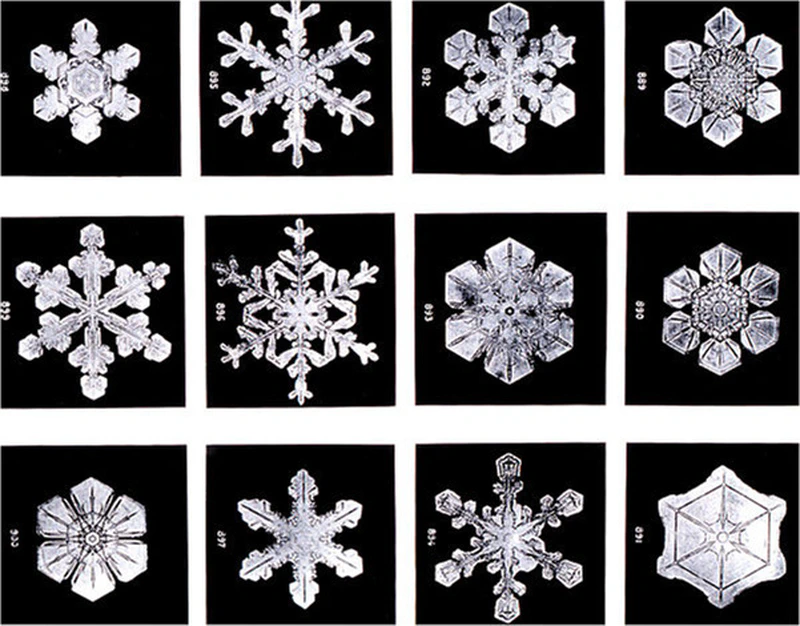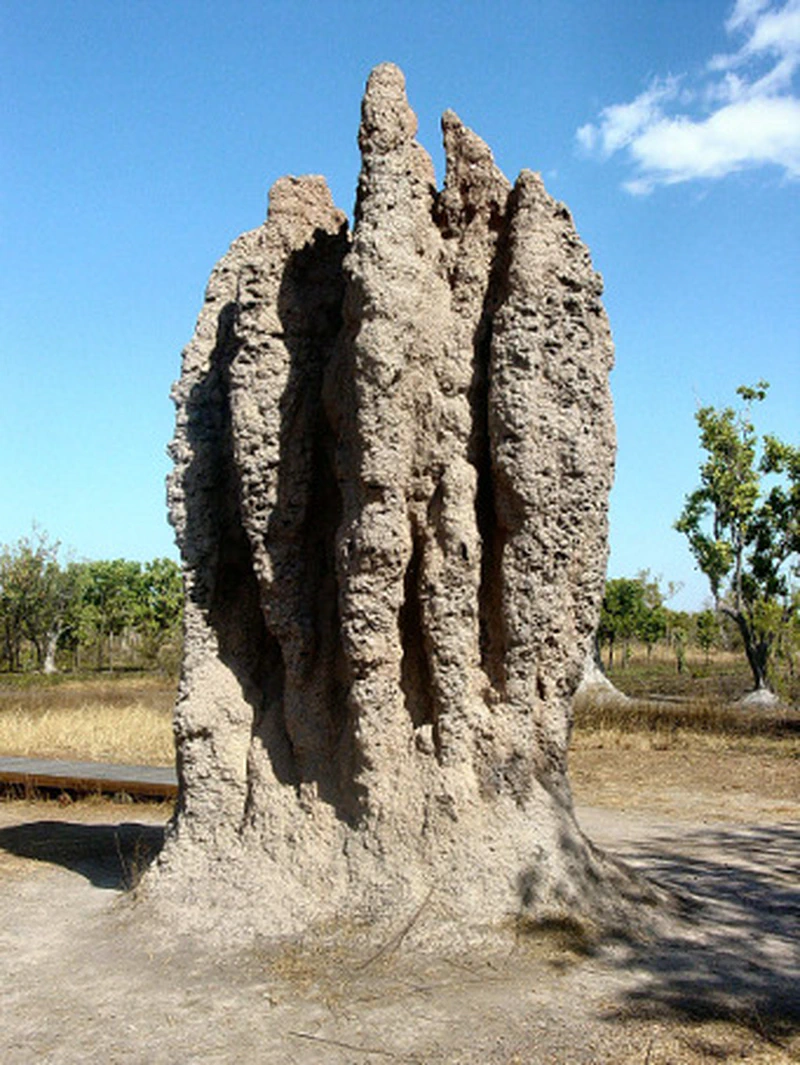Much discussion currently about “scaling” agile, scrum or kanban (at Kanban, the trend is evoking kanban portfolios). For many, it’s also an opportunity to bring these strays of agile thinking back to the right path: here comes the return of organizations, and the difficulty of synchronizing these great ladies, we take advantage to propose a return to control, to the illusion of control, to the illusion of power. It’s the diarrhea of Scaled Agile Framework and consorts which prove if it were necessary that they’ve understood nothing of agile culture.

It’s true that for several years, agile, let’s say more clearly Scrum has been spreading (with XP concerning engineering practices [1]).
So I observe two phenomena:
- the first, is discovering that it’s hard, Scrum, that it requires investment, that it renews roles, responsibilities, organization and company culture. Not everyone is delighted by this or not everyone succeeds. Yet many people still wish to be agile -so much the better- and they therefore turn to Kanban. Which aside from its own qualities (which are undeniable), also allows you to call yourself agile without confronting as clearly certain constraints.
- The second, is that for better or worse, depending on contexts more or less well, we manage to deploy Scrum (or Kanban) to a larger part of the organization and new issues appear concerning notably “scaling”.
Scaled Agile Framework: noodles, flan
Quite a few structures or people take advantage of this new given: scaling. The opportunity is too good to resurrect old demons: a rational, mechanistic organization. We can speak of muscle memory. We must break out of these patterns which not only make no sense, deny the foundations of this new mode of organization we hold so dear and above all, don’t work.
“Man has never been able to do without grids” (what is said remains forgotten behind what is said in what is heard. Lacan).
An agile organization at large scale
My personal experience allowed me to be immersed let’s say within about fifteen agile teams simultaneously within the same organization (I didn’t follow them all in the same way, but I was at the origin of the agile transmission). No more. But that’s already quite a lot. Probably sufficient to apply the approaches I believe in. Everything has taught us not to consider the modern world as a rational and mechanistic world but as a complex world therefore unpredictable, contradictory, even disorderly. Many want to rationalize when the number of teams, of projects seems large to them. Instead of drawing inspiration from a Cartesian approach we should draw inspiration from a complex approach. Let’s observe nature around us, and more precisely: the crystal.
It’s by seeing this image of crystal forming on water that I made this analogy. Reading two or three texts on the crystal rather confirmed my intuition, so I continue to think this way. The crystal is emergent. I propose to you some analogies with the crystal, then recall the ideas on open informational systems of Laborit, to more commonly propose an implementation.
Crystallization

Crystallization is the passage from a disordered liquid, gaseous or solid state to an ordered solid state, controlled by complex laws. The fabrication of a crystal takes place under the control of different factors such as temperature, pressure, evaporation time. – Geowiki
My analogy is to say that the formation of an agile organization at large scale could respond to observations made on the crystal and crystallization. It’s just a game first and foremost to allow me (and perhaps you) to better apprehend the “right” state of mind, the right way to do agile at large scale.
We could thus say that several teams organized differently (liquid, gaseous, solid state) but disordered can organize themselves together (order themselves) by applying complex laws, and not mechanistic, complicated laws.
The crystal is lazy
To better understand the reason for the shape of a crystal, we must not ignore that nature is lazy and that when given the choice and time, it always chooses the solutions that cost it the least energy. Thus, the shape of a crystal testifies to the physical conditions that prevailed during its growth, because it’s the shape that cost the least energy. – Geowiki
If we accept the analogy we should therefore always let agile at scale take the form that suits the organization best. And not a pre-determined form.
Stability of the crystal
After this sketch of reasoning, we must know that things are not always so simple. A crystalline face is also a discontinuity, a surface where atoms are not chemically bonded like the atoms of the mineral’s core. This amounts in some way to breaking bonds (the approximation is a bit brutal but correct). However in the growth medium, soluble species are capable of absorbing to the surface by binding weakly with surface atoms. We can stabilize planes that normally cost very dearly, and destabilize others that are normally easy to pay for. Thus we modify the final shape of the crystal this time without modifying the physical conditions. These stabilization phenomena can thus induce crystalline morphologies that should not be usually observed. When chemical species absorb at the surface and thus stabilize the presented planes, these surfaces are less accessible to continue growth along these planes. Thus it’s the least stable planes, those that have few, even no, molecules on the surface, that grow the fastest. As these planes are unstable they will end up no longer being represented during growth, thus favoring the slow growth of the most stable planes. – Geowiki
I continue my analogy. We will be surprised by the ease of stabilizing certain parts of the organization, and conversely destabilizing certain ones -yet thought to be stable- in unexpected ways. Scaling is easier with elements that have not yet been stabilized in the organization. The dynamics of scaling will necessarily slow down when all parts are stabilized. Should we therefore almost encourage destabilization at times?
Source of modification: truncation
A truncation is the replacement of a vertex or edge of a crystal by a face. –Geowiki, la troncature
One of the causes modifying the initial shape of crystals is truncation. –Geowiki, la troncature

Should we see there the idea that it’s by giving back a power of self-organization to each group, by removing the head, that we allow it to organize itself, in a complex way, to crystallize best with the rest of the company’s parts?
Managing dependencies: twins?
Depending on the position of the crystals we distinguish twins by contact and twins by penetration (or interpenetration - more or less complete). We speak of simple twins when two crystals are associated, and multiple twins when more than two sub-individuals compose the twin, we sometimes arrive, by multiplication of the sub-individuals involved, to cyclic twins, whereas when twin formation repeats inside a group, we obtain polysynthetic (repeated) twins. –Geowiki, les macles
I know I’m having fun pushing the analogy far, but as I discover twins these clusters of associated teams… and as I find that the vocabulary used by crystal science reminds me furiously of lived situations.. why deprive myself..
Open thermodynamic and informational system
The structure of living matter gives it two fundamental characteristics: that of being an open system and that of organizing itself by levels of complexity, these two characteristics being moreover strictly dependent on each other… open systems both from the thermodynamic and informational point of view. – Henri Laborit, La nouvelle grille
Living systems within the biosphere have managed to achieve self-managed structures, and we can be surprised that, if the blind determinism of biological evolution has managed to achieve such systems, man, in his societies, has not been able to do as much. We will try to understand why. – Henri Laborit, La nouvelle grille
The finality of the whole must also be that of each of the elements that constitute it. – Henri Laborit, La nouvelle grille
Here, let’s combine this with our crystal formation:
- Self-managed systems: teams, departments, self-managed sites.
- Including each other (like Russian dolls) with an informational and thermodynamic opening toward the systems it contains and the systems in which it is contained: teams, departments, sites to provoke actions toward the system in which they are included, and toward the systems they contain. Similarly communication flows through all levels.
- The whole is led by a finality: from the organization to pair programming, each group tends toward the same finality. The vision, the values of the organization.
- All this is based on complex laws.
- An element that seems fragile can stabilize much more simply than it appears. Conversely an element that seems simple can become difficult to stabilize, or destabilize unexpectedly.
- It’s by removing edges (bottlenecks, separations, represented by a person?) and replacing them with faces (self-organized teams)
Proposal for agile at large scale

- Teams approaching 7 people. Departments approaching 50 people. Organizations approaching 150 people. Companies or meta-organizations that group together a set of 7 organizations, then 50 organizations then 150 organizations, etc etc etc see Dunbar & Allen.
- I was able to strongly observe that beyond 7 teams (actually 5 or 6) working on the same meta-project/product we reached saturation. A department of about fifty people with 5 to 7 teams working on the same subject is therefore quite conceivable. Beyond that we must modify the shape without modifying the physical conditions, like the crystal.
- Groups of 7 self-organized, groups of 50 self-organized, groups of 150 self-organized. This also evokes the “mini-sites” of Jean-François Zobrist.
- A shared vision, a shared objective to achieve that will lead information and actions to function well. And people to feel good.
- Guarantee that each group/system (Russian doll) can communicate with its container and its contained.
- Guarantee that each group/system (Russian doll) can have interactions with its container and its contained.
- Constantly observe stabilizations and instabilities. Provoke destabilizations when the system is entirely stable.
- Let the organization take the form that it wishes or that emerges, and let it evolve by accompanying it.
English version (give a try with google translate)
[1] no need to explain to me that XP is not limited to engineering practices.